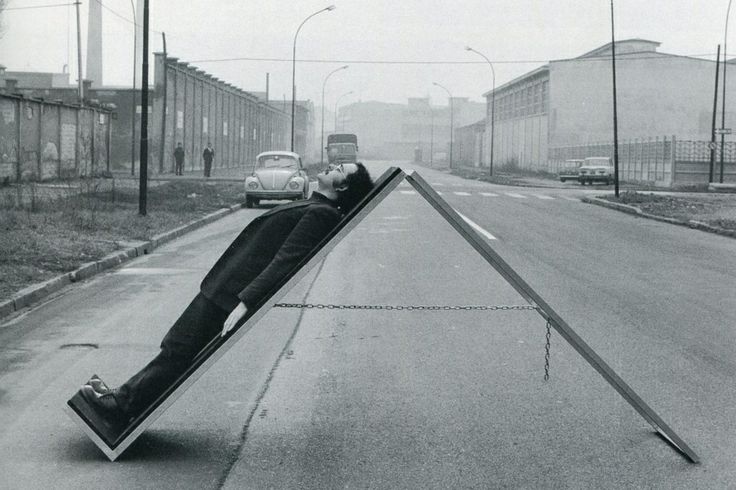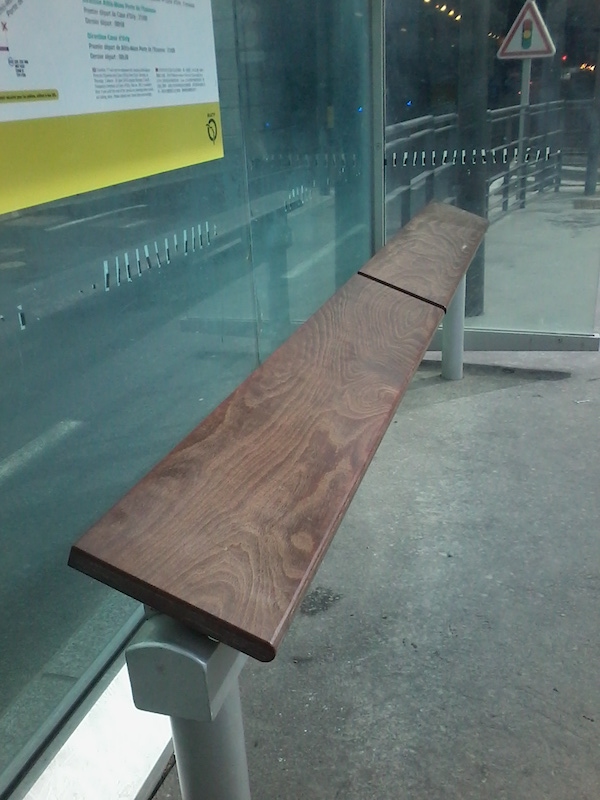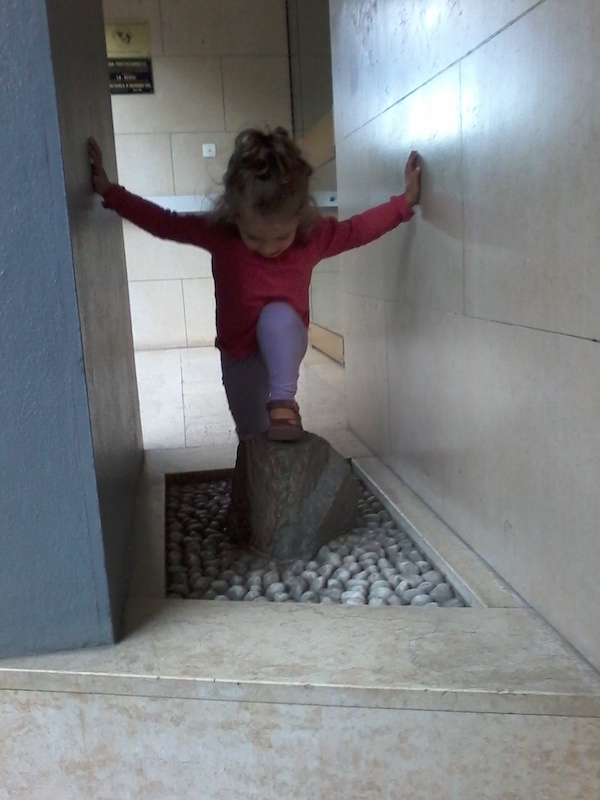We have seen above artist Ugo La Pietra trying to raise awareness about the sleep taboo. Let us delve a bit into the intricacies of the taboo.

We somehow do not like people who sleep in some public places (the street, workplaces, libraries, shops) during office hours. Sleeping is (somewhat) tolerated on public transportation and in some designated hours and times, such as on benches in a public park at noon. This is partly a time issue, partly a space issue. You may be stigmatized if you told your colleagues that you went home for an afternoon nap (here no public space is involved). Some societies are more tolerant than other about this. However, the homeless can only sleep in the street, and still we do not seem to like it, as if they were doing something wrong, although they have no choice.
There are documented advantages of sleeping. For instance, sleep is extremely important for memory sedimentation. No clear disadvantages are associated to it, unless perhaps if you sleep too much. Sleep disruption causes problems. In some cases sleep is just a brute necessity. Your body knows better, and drivers may fall asleep suddenly and dangerously if they do not get enough rest. You maybe less efficient and make poor decisions if you are at a meeting and need some sleep. A self-design suggestion: when driving long distance, drink a lot of water. This will force you to stop more often than your weak will wants you to.
An interesting design challenge is thus: enhancing the acceptability of public sleep.

 Paris, Dec 3, 2018. Image credit: RC.
Paris, Dec 3, 2018. Image credit: RC.
Or, at least, not discouraging it. Check out those examples of exclusive design. Where exclusive means: that excludes. There are many exclusive places in the world. VIP lounges, Ivy League colleges, name one. Exclusive places get democratized thanks to urban design. It should be reassuring and self-confirming to most of us who have a bedroom and a bed waiting for us at home to see that those who do not have a home are not allowed to sleep in the public space.
 Paris, Aug 31, 2018. Image credit: RC.
Paris, Aug 31, 2018. Image credit: RC.
At least, in some cases, a playful reappropriation of the space is possible. In other cases, art may surface. But to make sure sleep remains as exclusive as it is necessary, turn it into a status symbol, make pay for it.
See also: Reappropriation is the name of the game